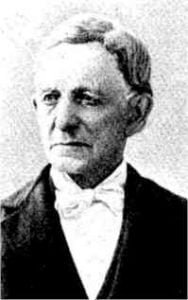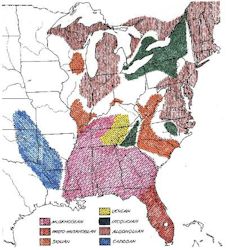Dahcotah, Or Life and Legends of the Sioux around Ft. Snelling
The text provides an insightful overview of the Teton Dakota (or Sioux) tribe, derived from observations during a seven-year period near Fort Snelling. This fort, built in 1819 and strategically placed at the Mississippi and St. Peter’s rivers, resembles an old German castle and played a key role in local native interactions. Noteworthy is the account of the Sioux chief Wabashaw, who successfully halted the resettlement of the Winnebago tribe by swaying them to stay near his land. This situation escalated to the involvement of Fort Snelling personnel to resolve the delay caused. The contents also cover a broad range of topics on Dakota customs, ceremonies, significant individuals, and cultural narratives, enriching the understanding of this nearly extinct tribe’s heritage and societal structure.




